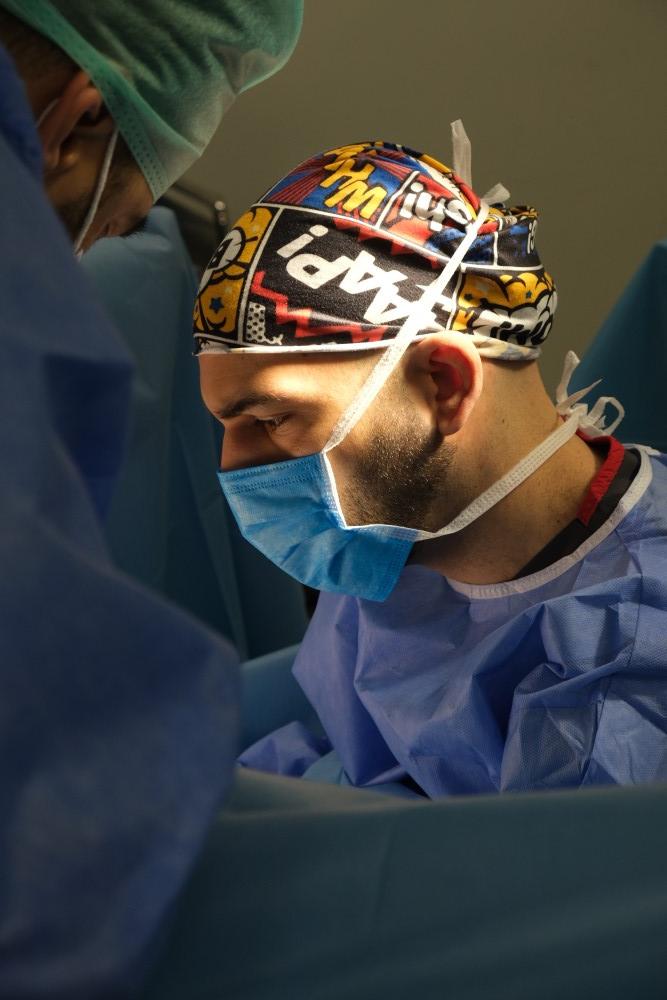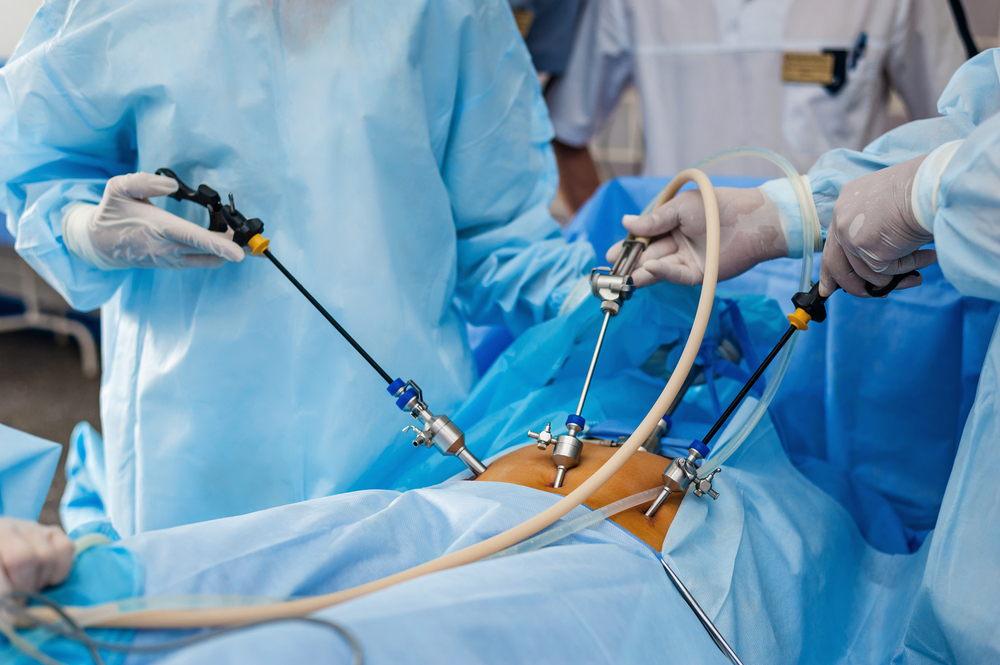



Laparoscopic surgery is a minimally invasive surgical method. This surgeon uses a special instrument, the laparoscope, to separate small incisions from several parts of the abdomen. The laparoscope contains a camera and lighting system, so the surgeon can intervene by viewing the internal organs. In the field of urology, it is widely used in the treatment of organs such as kidneys, medical and prostate.
Numerous surgeries performed successfully
Hundreds of cancer patients regained their health
Hundreds of patients regained their health as a result of laparoscopic urology surgery
Numerous national and international publications in reputable medical journals
Laparoscopic radical prostatectomy, used in the treatment of prostate cancer, involves the removal of the prostate and surrounding tissues. The minimally invasive method shortens the patient's recovery time and reduces postoperative pain.
A major surgical operation that involves completely removing the bladder and creating an artificial bladder from the intestines in the treatment of bladder cancer. The artificial bladder that replaces the bladder maintains the urine storage function.
A surgical procedure that involves removing the entire kidney and surrounding tissues in cases such as kidney cancer. It is preferred to prevent the spread of cancer. It can also be performed with laparoscopic and robotic surgical methods.
This method, used in the treatment of kidney tumors, allows the removal of the part of the kidney where the tumor is located. Laparoscopic partial nephrectomy preserves the health of the kidney and results in less tissue loss.
This surgical procedure, performed to correct obstructions in the pelvic part of the kidney, helps eliminate problems that occur in the kidney outlet. Laparoscopic pyeloplasty speeds up the healing process and carries less risk of complications.
This method, used in the treatment of pelvic organ prolapse in women, provides support for the uterus and other pelvic organs. Laparoscopic sacrocolpopexy offers a less invasive approach, allowing patients to quickly return to their normal lives.
Minimal Invasiveness:
Less Pain:
Fast Recovery Time:
Less Scarring:
Shorter Hospital Stay:
Advanced Imaging:
Less Risk of Bleeding:
Faster Return to Normal Life:
Laparoscopic surgery offers an effective and safe option in the field of urology, helping patients improve their health. Faster recovery after surgery and less risk of complications provide great advantages for patients who prefer this method.
